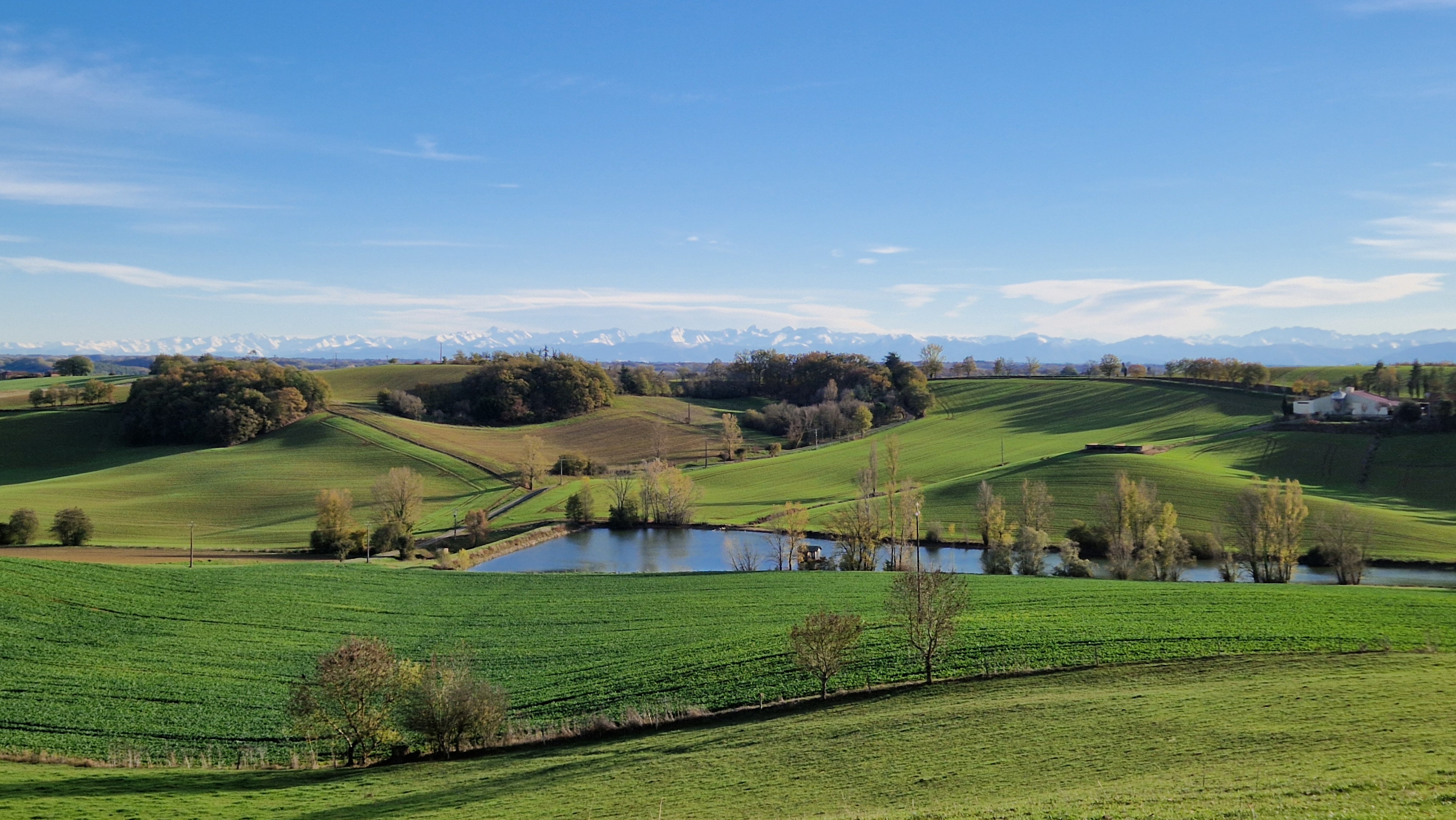Monsieur Chasse
Pièce de théâtre de George Feydeau avec Jean-Pierre Castaldi et Michel Guidoni.
Le jeu. 4 déc.
Mirande

Ici, on vit à ciel ouvert, entre vallons ondulants, bastides pleines de caractère et saveurs du terroir qui font chanter les papilles. Un pied dans l’Histoire, l’autre dans la fête, on flâne, on explore, on trinque, on danse… et surtout, on savoure chaque instant.
Un marché coloré, un lever de soleil sur les Pyrénées, un concert sous les étoiles…
À vous d’écrire votre escapade gasconne, entre nature grandiose et art de vivre authentique.
L’Astarac n’attend que vous. Alors, on se lance ?


Pièce de théâtre de George Feydeau avec Jean-Pierre Castaldi et Michel Guidoni.
Le jeu. 4 déc.
Mirande

Les élèves du Lycée Alain-Fournier vous proposent une rencontre-débat avec un député, un militant et un artiste
Le jeu. 4 déc.
Mirande


Office de Tourisme
Cœur d’Astarac en Gascogne
13, rue de l'Evêché - 32300 MIRANDE
Tél. 05 62 66 68 10
Contactez-nous

Inscrivez-vous à la newsletter